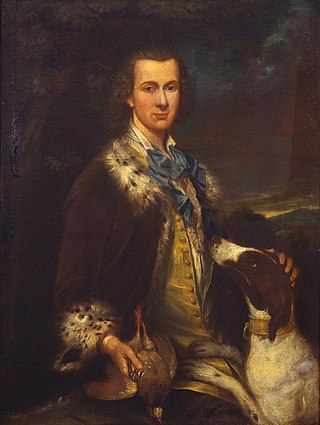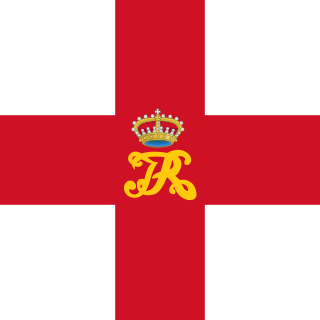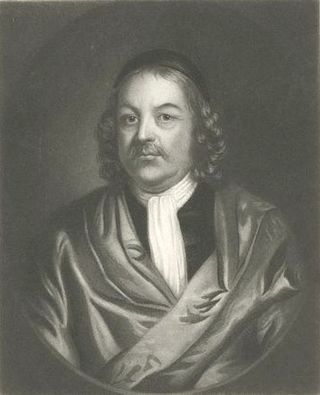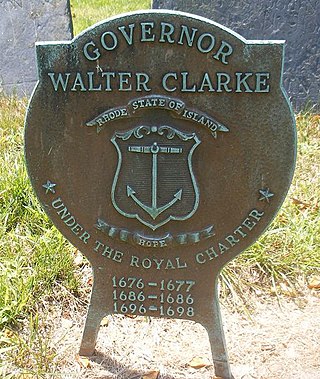
The Thirteen Colonies, also known as the Thirteen British Colonies, the Thirteen American Colonies, were a group of British colonies on the Atlantic coast of North America. Founded in the 17th and 18th centuries, the American Enlightenment led these colonies to revolution, and declaring full independence in July 1776. With victory over Britain in the American Revolutionary War the former colonies were confirmed as the new United States of America. Just prior to declaring independence, the Thirteen Colonies in their traditional groupings were: New England ; Middle ; Southern. The Thirteen Colonies came to have very similar political, constitutional, and legal systems, dominated by Protestant English-speakers. The first of these colonies was Virginia Colony in 1607, a Southern colony. While all these colonies needed to become economically viable, the founding of the New England colonies, as well as the colonies of Maryland and Pennsylvania, were substantially motivated by their founders' concerns related to the practice of religion. The other colonies were founded for business and economic expansion. The Middle Colonies were established on an earlier Dutch colony, New Netherland. All the Thirteen Colonies were part of Britain's possessions in the New World, which also included territory in Canada, Florida, and the Caribbean.

The Massachusetts Bay Colony, more formally the Colony of Massachusetts Bay, was an English settlement on the east coast of North America around the Massachusetts Bay, the northernmost of the several colonies later reorganized as the Province of Massachusetts Bay. The lands of the settlement were in southern New England, with initial settlements on two natural harbors and surrounding land about 15.4 miles (24.8 km) apart—the areas around Salem and Boston, north of the previously established Plymouth Colony. The territory nominally administered by the Massachusetts Bay Colony covered much of central New England, including portions of Massachusetts, Maine, New Hampshire, and Connecticut.

The House of Burgesses was the elected representative element of the Virginia General Assembly, the legislative body of the Colony of Virginia. With the creation of the House of Burgesses in 1642, the General Assembly, which had been established in 1619, became a bicameral institution.

Sir Edmund Andros was an English colonial administrator in British America. He was the governor of the Dominion of New England during most of its three-year existence. At other times, Andros served as governor of the provinces of New York, East and West Jersey, Virginia, and Maryland.

The Middle Colonies were a subset of the Thirteen Colonies in British America, located between the New England Colonies and the Southern Colonies. Along with the Chesapeake Colonies, this area now roughly makes up the Mid-Atlantic states.

Thomas Dongan, 2nd Earl of Limerick, was a member of the Irish Parliament, Royalist military officer during the English Civil War, and Governor of the Province of New York. He is noted for having called the first representative legislature in New York, and for granting the province's Charter of Liberties.

The Province of New York (1664–1776) was a British proprietary colony and later royal colony on the northeast coast of North America. As one of the Middle Colonies, New York achieved independence and worked with the others to found the United States.

The Province of New Jersey was one of the Middle Colonies of Colonial America and became the U.S. state of New Jersey in 1776. The province had originally been settled by Europeans as part of New Netherland but came under English rule after the surrender of Fort Amsterdam in 1664, becoming a proprietary colony. The English renamed the province after the island of Jersey in the English Channel. The Dutch Republic reasserted control for a brief period in 1673–1674. After that it consisted of two political divisions, East Jersey and West Jersey, until they were united as a royal colony in 1702. The original boundaries of the province were slightly larger than the current state, extending into a part of the present state of New York, until the border was finalized in 1773.

The Province of Massachusetts Bay was a colony in New England which became one of the thirteen original states of the United States. It was chartered on October 7, 1691, by William III and Mary II, the joint monarchs of the kingdoms of England, Scotland, and Ireland, and was based in the merging of several earlier British colonies in New England. The charter took effect on May 14, 1692, and included the Massachusetts Bay Colony, the Plymouth Colony, the Province of Maine, Martha's Vineyard, Nantucket, Nova Scotia, and New Brunswick; the Commonwealth of Massachusetts is the direct successor. Maine has been a separate state since 1820, and Nova Scotia and New Brunswick are now Canadian provinces, having been part of the colony only until 1697.

The Dominion of New England in America (1686–1689) was an administrative union of English colonies covering all of New England and the Mid-Atlantic Colonies with the exception of the Delaware Colony and the Province of Pennsylvania. The region's political structure was one of centralized control similar to the model used by the Spanish monarchy under the Viceroyalty of New Spain. The dominion was unacceptable to most colonists because they deeply resented being stripped of their rights and having their colonial charters revoked. Governor Sir Edmund Andros tried to make legal and structural changes, but most of these were undone and the Dominion was overthrown as soon as word was received that King James II had left the throne in England. One notable change was the introduction of the Church of England into Massachusetts, whose Puritan leaders had previously refused to allow it any sort of foothold.

Simon Bradstreet was a colonial magistrate, businessman, diplomat, and the last governor of the Massachusetts Bay Colony. Arriving in Massachusetts on the Winthrop Fleet in 1630, Bradstreet was almost constantly involved in the politics of the colony but became its governor only in 1679. He served on diplomatic missions and as agent to the crown in London, and also served as a commissioner to the New England Confederation. He was politically moderate, arguing minority positions in favor of freedom of speech and for accommodation of the demands of King Charles II following his restoration to the throne.

A proprietary colony was a type of English colony mostly in North America and in the Caribbean in the 17th century. In the British Empire, all land belonged to the monarch, and it was his/her prerogative to divide. Therefore, all colonial properties were partitioned by royal charter into one of four types: proprietary, royal, joint stock, or covenant. Under the proprietary system, individuals or companies were granted commercial charters by the monarchs of the Kingdom of England to establish colonies. These proprietors then selected the governors and other officials in the colony.
A lord proprietor is a person granted a royal charter for the establishment and government of an English colony in the 17th century. The plural of the term is "lords proprietors" or "lords proprietary".
A charter is a document that gives colonies the legal rights to exist. Charters can bestow certain rights on a town, city, university, or other institution.

Lieutenant-General Francis Nicholson was a British Army general and colonial official who served as the governor of South Carolina from 1721 to 1725. He previously was the Governor of Nova Scotia from 1712 to 1715, the Governor of Virginia from 1698 to 1705, the Governor of Maryland from 1694 to 1698, the Lieutenant Governor of Virginia from 1690 to 1692, and the Lieutenant Governor of the Dominion of New England from 1688 to 1689.

Walter Clarke (1640–1714) was an early governor of the Colony of Rhode Island and Providence Plantations and the first native-born governor of the colony. The son of colonial President Jeremy Clarke, he was a Quaker like his father. His mother was Frances (Latham) Clarke, who is often called "the Mother of Governors." While in his late 20s, he was elected as a deputy from Newport, and in 1673 was elected to his first of three consecutive terms as assistant. During King Philip's War, he was elected to his first term as governor of the colony. He served for one year in this role, dealing with the devastation of the war, and with the predatory demands of neighboring colonies on Rhode Island territory during the aftermath of the war.

The 1689 Boston revolt was a popular uprising on April 18, 1689 against the rule of Sir Edmund Andros, the governor of the Dominion of New England. A well-organized "mob" of provincial militia and citizens formed in the town of Boston, the capital of the dominion, and arrested dominion officials. Members of the Church of England were also taken into custody if they were believed to sympathize with the administration of the dominion. Neither faction sustained casualties during the revolt. Leaders of the former Massachusetts Bay Colony then reclaimed control of the government. In other colonies, members of governments displaced by the dominion were returned to power.

During the American colonial era, the colonies of New York and Connecticut often disputed the precise location of their shared border, leading to a border dispute that eventually gave the colonies their modern shapes. Though the dispute was officially resolved in 1731, effects of the boundary conflict persisted until well after both colonies gained statehood as part of the United States following the American Revolution.












